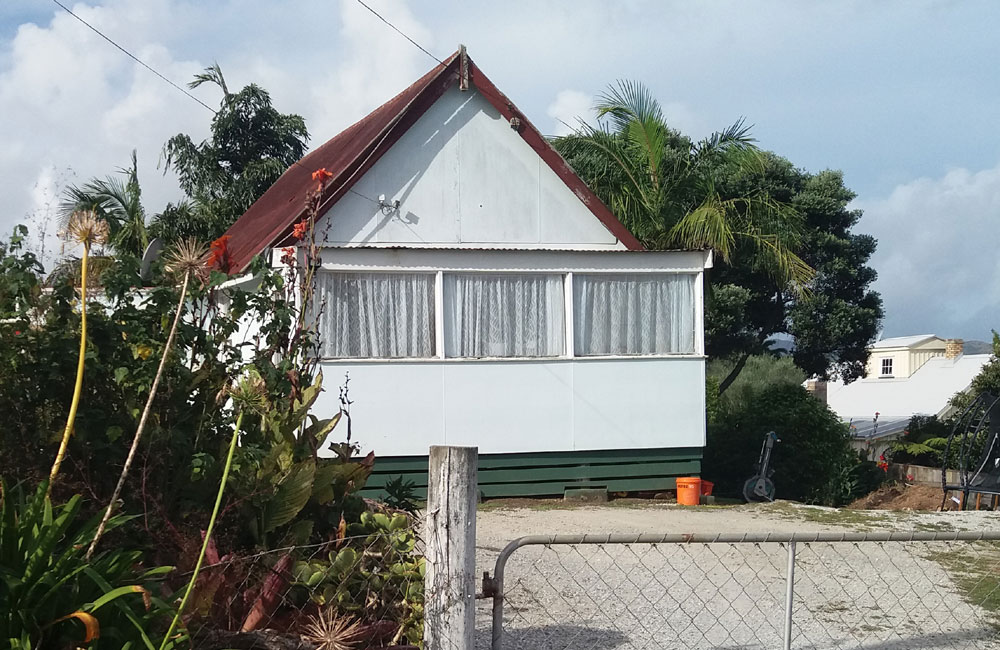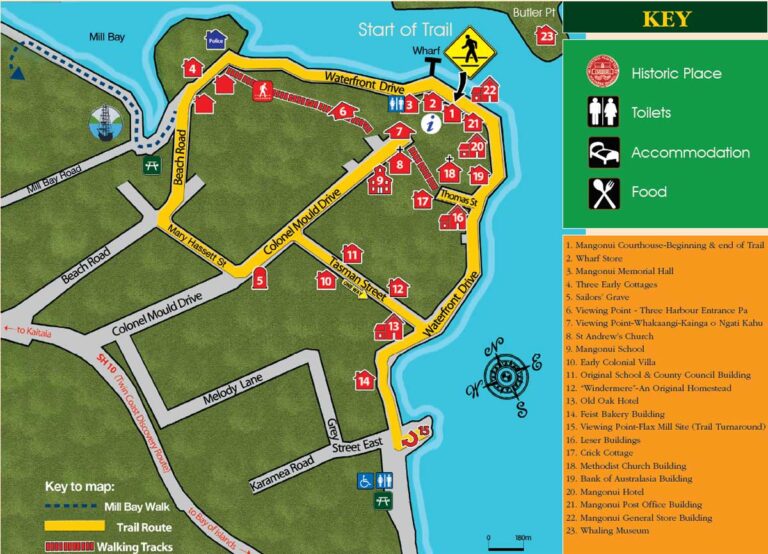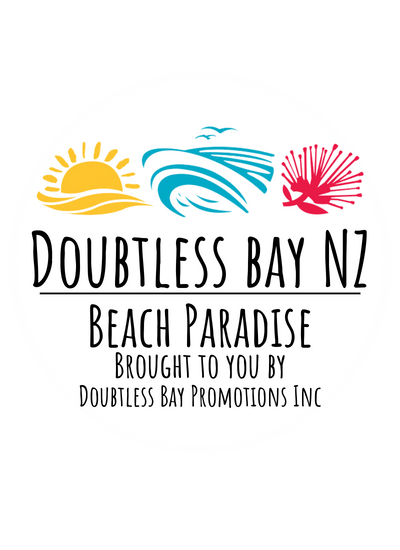
Heritage Trail of Mangonui | A fine walk around the Heritage Precinct of Mangonui township in Far North New Zealand | Site 11
MANGONUI SCHOOL AND COUNTY COUNCIL BUILDING 1870
This was the first purpose-built school in Mangonui. Classes had previously been held in St. Andrew’s Church.
From its beginning in 1877, the Mangonui County Council held meetings here after school hours.
When a new school was built on Colonel Mould Drive in 1884, the Council had exclusive use of this building until moving its headquarters to Kaitaia in 1918.
Please respect the owner’s privacy and do not enter this property.
Next:Continue down Tasman Street to “Windermere” Homestead Site 12.

